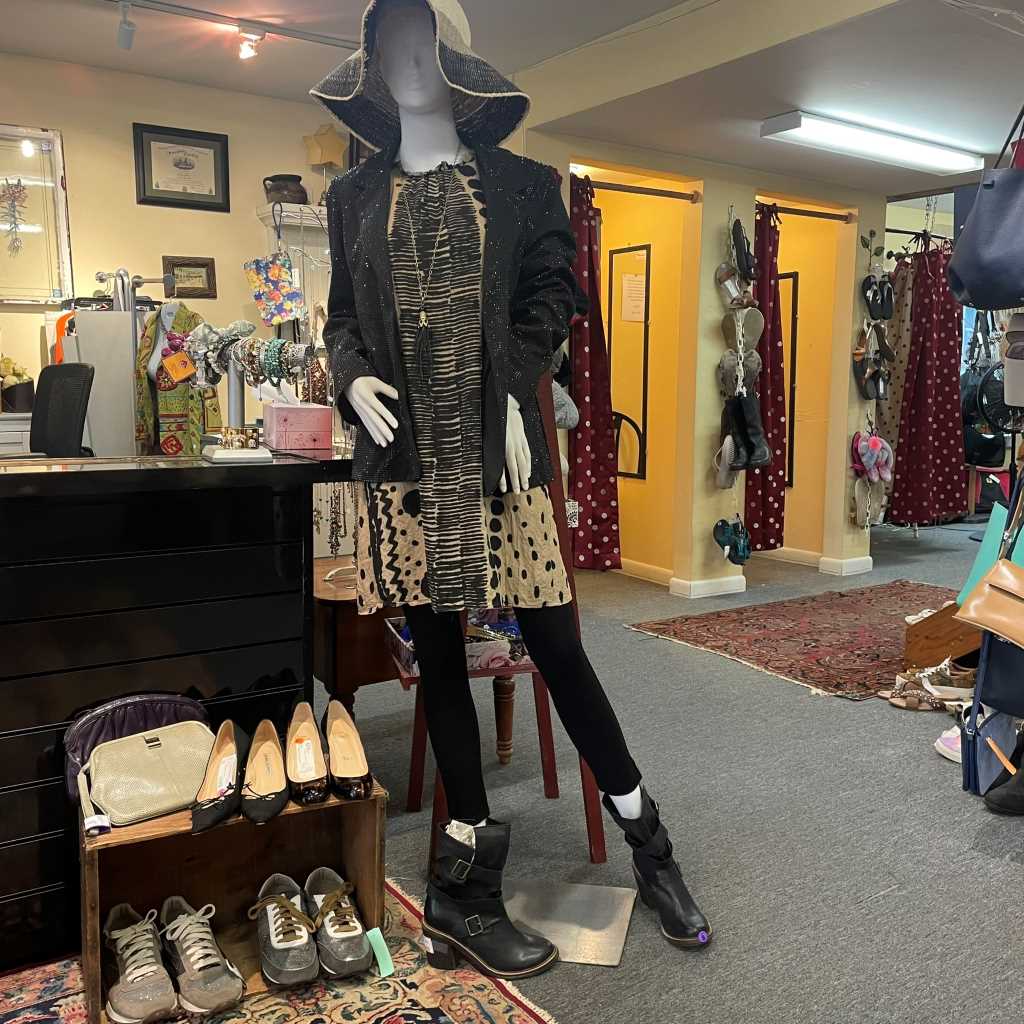In our modern age, shopping for clothing has evolved significantly with the rise of online shopping platforms. This shift has sparked debates about its environmental implications compared to traditional brick-and-mortar stores. Let’s delve into the environmental footprint of both avenues to better understand their impacts.
Carbon Footprint
Online Shopping:
Online shopping offers convenience, allowing consumers to browse and purchase from the comfort of their homes. However, the convenience comes with a cost. The transportation involved in shipping individual items to consumers can lead to increased carbon emissions. A study by MIT found that shopping online can lead to a higher carbon footprint per item due to the packaging and transportation involved.
Brick-and-Mortar Stores:
Traditional shopping involves trips to physical stores, often by car, which contributes to carbon emissions. However, the environmental impact can be lessened if consumers choose stores close to their homes or use public transportation.
Packaging Waste
Online Shopping:
One of the major environmental concerns with online shopping is packaging waste. Each item is typically packaged individually, often in multiple layers of plastic and cardboard for protection during shipping. This can result in excessive waste, especially if items are returned.
Brick-and-Mortar Stores:
Physical stores also contribute to packaging waste, primarily in the form of shopping bags and product packaging. However, they generally use less material per item compared to online packaging.

Photo: Flickr
Return Rates
Online Shopping:
The ease of online shopping has led to higher return rates, which significantly impact the environment. Returns require additional packaging and transportation, adding to carbon emissions and waste generation.
Brick-and-Mortar Stores:
In-store shopping tends to have lower return rates since consumers can physically inspect items before purchase. This reduces the environmental impact associated with return logistics.
Energy Consumption
Online Shopping:
E-commerce warehouses and data centers consume substantial energy for operations and cooling systems. The energy footprint of online shopping extends beyond just the purchase and delivery phases.
Brick-and-Mortar Stores:
Physical stores also require energy for lighting, heating, and cooling. However, the per-item energy consumption tends to be lower compared to online shopping, depending on the efficiency of the store.
Conclusion
While both online clothing shopping and traditional brick-and-mortar stores have environmental impacts, the key lies in understanding the nuances of each method. Online shopping offers convenience but often at the cost of increased packaging waste, higher carbon emissions from transportation, and energy-intensive operations. Brick-and-mortar stores, while contributing to energy consumption and packaging waste, can mitigate some environmental impacts through lower return rates and more efficient use of resources per item.
Ultimately, making environmentally conscious choices as consumers can help mitigate these impacts. Opting for consolidated shipments, choosing eco-friendly packaging options, and supporting local businesses with sustainable practices can all contribute to reducing the environmental footprint of our shopping habits, regardless of whether we shop online or in-store. As technology and consumer preferences continue to evolve, so too must our awareness and efforts towards sustainable consumption practices.
Of course, I would be remiss if I did not mention the ultimate environmentally conscious way to shop, which can also save you money: consignment shops like Creative Consignments! You can also sell your old clothing here. If you missed the return window, or just do not want to deal with the process, this could be a great way to recoup some of the expense of items and get them looking great on someone who fits the item better.

